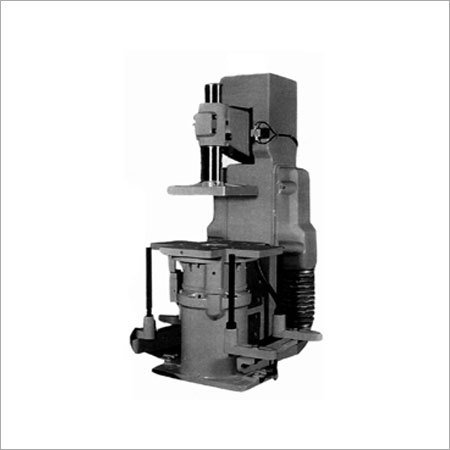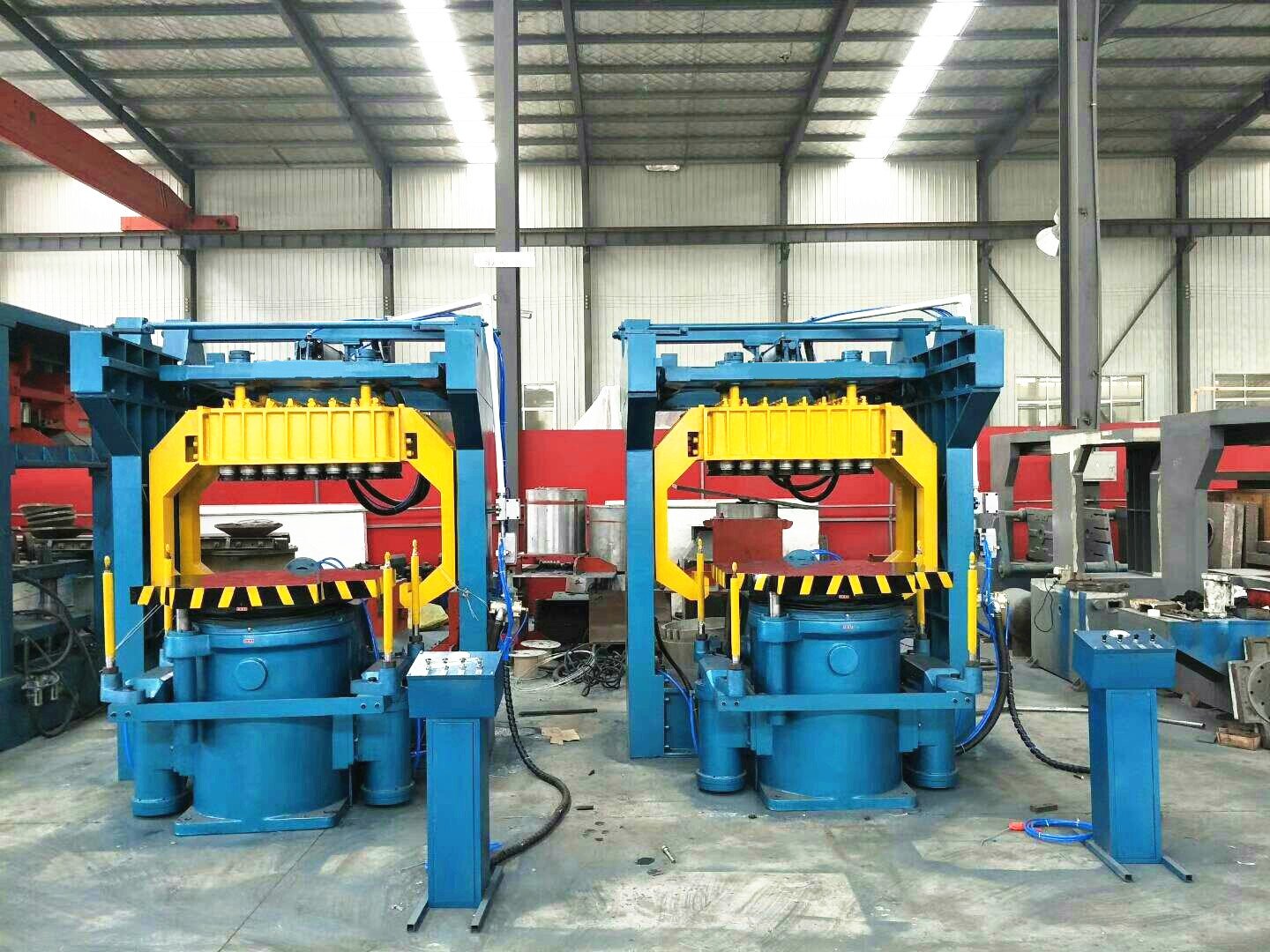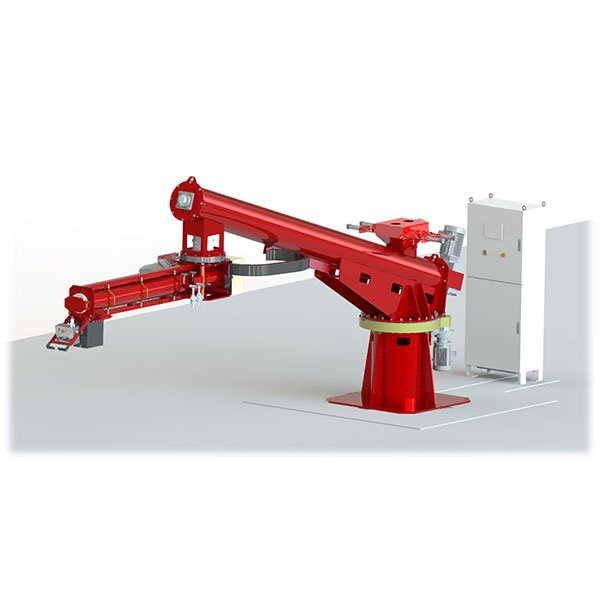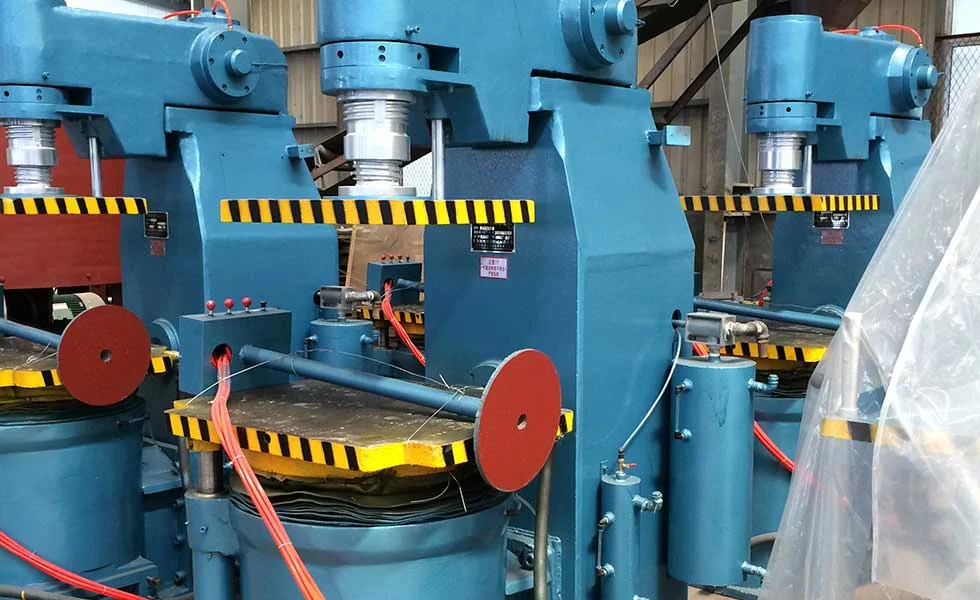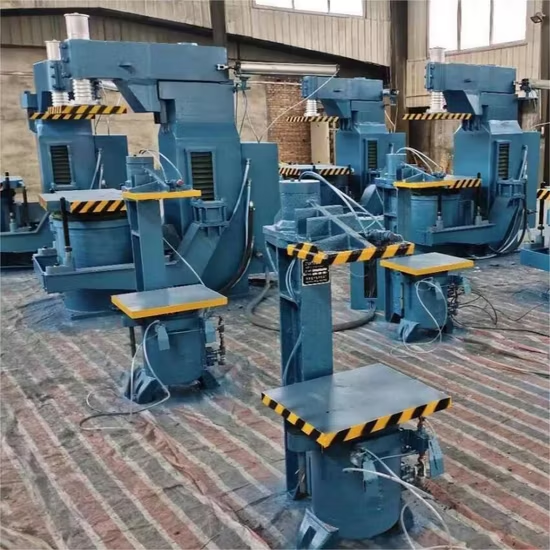
Are you unsure how to match your production line with the right shot blasting machine? Making the wrong choice can lead to costly inefficiencies.
The best wire rod shot blasting machine is one that matches your throughput, wire size, and cleanliness requirements while ensuring long-term operational efficiency.
Let’s walk through how to select the best-fit machine by understanding production demands, evaluating core specs, and avoiding common mistakes.
Understand Your Production Needs?
When production mismatches equipment, the whole line suffers. Many plants end up with underperforming or oversized machines, wasting time and money.
To choose the right machine, you must first define your production volumes, material types, and integration needs clearly.
Dive Deeper
Before I ever recommend a machine, I start by asking my clients some critical operational questions:
- What is your daily/monthly wire rod throughput?
- What is the diameter range and material composition of your wire rods?
- What level of cleanliness or finish are you targeting?
- Do you need the shot blasting system to integrate with your pickling or drawing lines?
Here’s an example breakdown:
| Parameter | Typical Values | Why It Matters |
|---|---|---|
| Wire Rod Diameter | 5.5mm – 20mm | Determines blasting chamber and turbine arrangement |
| Material Type | Carbon steel, stainless, alloy | Affects abrasive choice and wear resistance |
| Throughput | 10–30 tons/day | Defines machine type and number of turbines |
| Contaminants | Mill scale, rust, oil | Determines blast intensity and media flow |
A customer from Germany producing stainless wire for springs once underestimated his monthly output. The initial batch machine he installed couldn't keep up after a six-month demand surge. We had to upgrade to a continuous system—delaying production and doubling costs.
Key Insight: Always plan for peak throughput, not just your average.
What Are the Key Selection Criteria?

It’s easy to get dazzled by specs—but if the core design doesn’t fit your application, performance will fall short.
Focus on machine type, blasting performance, automation capabilities, and durability when comparing models.
Dive Deeper
Let’s break this down into four categories:
a. Machine Type & Design
| Type | Suitable For | Pros | Cons |
|---|---|---|---|
| Continuous (Tunnel Type) | High-volume, inline production | High throughput, seamless integration | Higher initial cost |
| Batch Type | Low-to-medium volume | Lower cost, simpler setup | Manual handling, lower efficiency |
Tunnel-type continuous machines are my go-to for factories with integrated wire processing lines. The wire rod passes through the chamber at a controlled speed, ensuring consistent cleaning. These often come with roller conveyors and efficient abrasive recycling systems.
b. Blasting Performance
- Turbine Count and Power: A higher number of turbines (4–6) ensures even coverage. Look for motors rated at 11–15kW per unit.
- Shot Velocity & Flow: Higher velocity (≥75 m/s) boosts scale removal.
- Media Compatibility: Choose based on your material—steel grit for carbon steel, stainless cut wire for high-grade alloys.
c. Automation & Control
Modern systems must be smart:
- PLC-controlled blast sequences for different rod specs.
- Remote diagnostics and IoT-based monitoring.
- Automatic loading/unloading systems to reduce manual labor.
d. Durability and Maintenance
This often gets overlooked. But the cost of downtime due to liner wear or part failure can be steep.
Look for:
- Lining materials: Replaceable high-manganese or rubber linings.
- Easy-access design: For faster servicing.
- Readily available spares from the manufacturer.
What About Energy Efficiency and Environmental Impact?

Regulations are tightening—and so are your margins. High energy use and poor dust control can affect your compliance and costs.
Select machines with efficient motors, robust dust collectors, and quiet operation to meet both regulatory and operational goals.
Dive Deeper
I often tell clients: "Energy savings are earned every hour your machine runs."
Here’s how top-tier systems manage that:
| Feature | Benefit |
|---|---|
| Inverter-driven motors | Lower energy draw during idle or low-load operation |
| Advanced abrasive reclaim systems | Reduce waste and media consumption |
| Pulse-jet dust collectors with HEPA filters | Comply with air quality standards |
| Acoustic panels & shock absorbers | Reduce operator fatigue and noise violations |
One customer in Eastern Europe managed to lower their dust emissions by 40% and energy bills by 15% simply by upgrading to our enclosed turbine systems with modular collectors.
Tip: Look for CE or ISO14001-compliant designs.
Can the Machine Grow With Your Business?
Growth is good—until your equipment becomes the bottleneck. A machine that can’t scale up ends up being a liability.
Choose a modular and customizable system that adapts to your future production needs.
Dive Deeper
When we design systems for wire rod manufacturers, we always consider scalability. Your operation may expand, shift to new alloys, or add drawing lines. A well-chosen machine can adapt.
Look for these features:
- Modular turbine configurations: Add more power as needed.
- Adjustable conveyor widths: Accommodate different rod diameters.
- Software upgrades: Update control systems without hardware swaps.
We helped one automotive supplier upgrade their wire finishing line over five years. Thanks to their initial investment in a modular blasting machine, each upgrade was smooth and cost-effective.
How to Choose the Right Manufacturer?

Even the best machine won’t perform without the right partner behind it. You’re not just buying a product—you’re investing in a relationship.
Pick a supplier with proven experience, reliable support, and strong confidentiality policies to protect your processes.
Dive Deeper
Here’s my checklist for evaluating manufacturers:
| Criteria | What to Look For |
|---|---|
| Experience | 10+ years in wire rod blasting system design |
| Reference Projects | Documented success in your industry |
| Support | Installation, training, global spare part access |
| Confidentiality | Signed NDAs and IP protection policies |
At Hi-Tech China, we’ve worked with dozens of clients under strict confidentiality, especially in industries like aerospace springs or high-tensile wire. We offer 24/7 remote diagnostics and onsite installation training tailored to your crew.
Remember: Your production secrets deserve protection.
What Mistakes Should I Avoid?
A wrong decision here can stall your entire line—and cost you dearly in retrofits.
Avoid undersizing, poor integration planning, and focusing on purchase price alone.
Dive Deeper
Here are the three most common traps I see:
Undersizing the machine: Always account for future demand. Overspec slightly now to avoid upgrades later.
Ignoring process integration: Your wire rod blasting must align with upstream pickling or downstream drawing. Mismatch causes delays or rejects.
Choosing lowest price: Upfront cost doesn’t reflect total cost of ownership. Downtime, spares, and maintenance quickly add up.
One client once chose a budget supplier from overseas. Within a year, their turbine housings cracked, dust leaks triggered local environmental complaints, and spare parts were delayed weeks. We had to rebuild almost the entire chamber. Lesson learned.
Real-World Example: Automotive Wire Rod Finishing Line

A mid-sized automotive spring manufacturer needed to clean 25 tons/day of 8–12mm wire rods, inline with their drawing process. Their goals:
- Inline integration
- Minimal wire distortion
- Low media consumption
We designed a tunnel-type, 4-turbine shot blasting system with:
- Manganese steel-lined chamber
- PLC with recipe presets
- Pulse-jet dust collection with silencer
Result: 35% faster cleaning, 20% less media use, and full integration with their drawing line.
Conclusion
Choosing the right wire rod shot blasting machine means understanding your needs, evaluating specs, and partnering with experts. A tailored system ensures efficiency, quality, and scalability.
👉 Ready to make the right choice? Request a free consultation or tailored quote from Hi-Tech China


